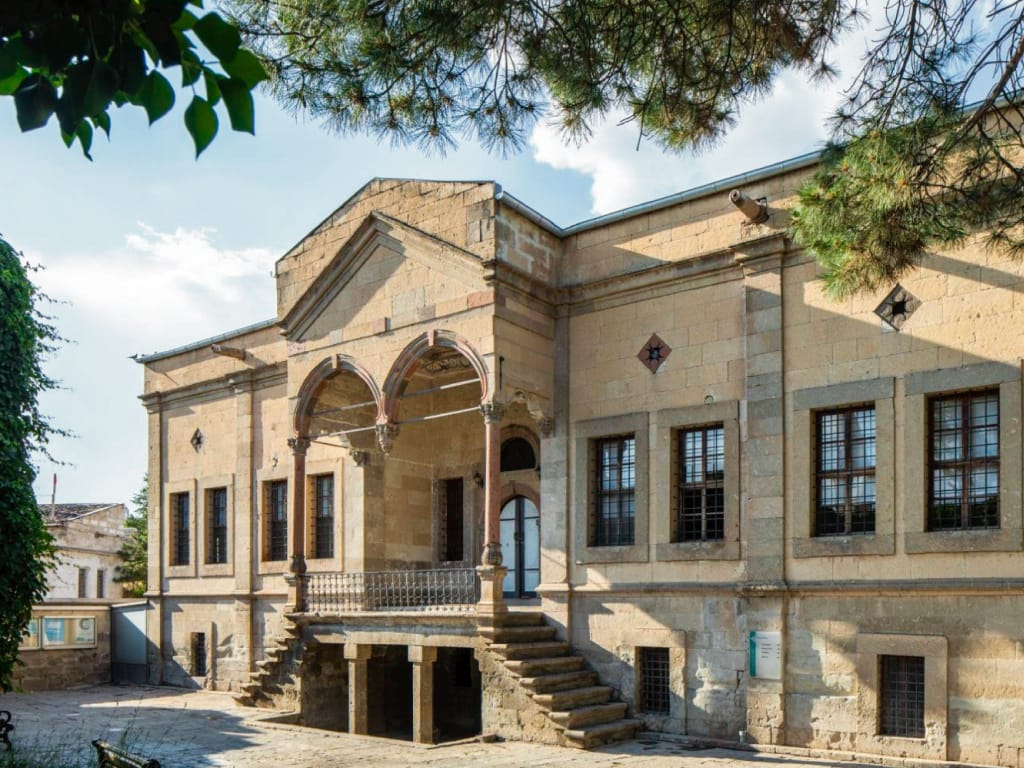
Required Documents
Kapadokya University was established based on the 13-year experience of Kapadokya Vocational School. The Vocational School started its education in the academic year 2005-2006 in Mustafapasa Village with 5 programs and 68 students. Its founding mission is to train qualified intermediate personnel necessary for small and medium-sized enterprises contributing to the development of Greater Cappadocia.
The university operates with the Vocational School system structured based on international recognition. The programs aim to develop expertise in sectors advantageous to the region. The educational programs are based on contemporary pedagogical principles and are continuously updated according to sectoral demands.
The educational model of Kapadokya University is based on a system where academic and vocational education support each other. Vocational Schools have a structure that can convert abstract knowledge into concrete products, which is one of the university's main tasks.
The university provides a continuously updated curriculum to facilitate the adaptation of its graduates to the labor market and reduce employers' need for additional training. In this regard, instructors follow developments in the sector and reflect them in the curriculum.
Kapadokya Vocational School constitutes the cornerstone and essence of the university. With its renewed curriculum, this school, reopened every year, is one of the most important components of the university.
The educational philosophy and SOBE (Starting from Observation and Building on Evidence) method of Kapadokya University represent an innovative approach in education with a contemporary perspective. It aims to diagnose chronic problems of traditional education systems and provide solutions to these problems.
It is emphasized that traditional education systems often focus on the past and neglect current developments. It is stated that this situation directs students to a rote approach and creates an educational environment based solely on memorizing information rather than real learning. It is noted that this approach hampers students' ability to solve real-world problems and hinders innovation.
The SOBE method is based on the principle of progressing learning backward from current knowledge. With this approach, students are more effectively motivated and actively participate in the learning process. Unlike traditional rote methods, the SOBE method equips students with the ability to conduct research and exploration, enabling them to understand and apply knowledge.
Additionally, Kapadokya University emphasizes the importance of the use of Turkish and history lessons. With the importance given to the use of the native language in education and the revision of the content of history lessons, it aims to provide students with a more qualified education.
In conclusion, Kapadokya University's educational philosophy and the SOBE method aim to equip students with current knowledge and enhance their problem-solving skills, offering an innovative alternative to traditional education systems. This approach is expected to enable students to graduate more equipped and competitive, thus making more valuable contributions to society.
The origin of Kapadokya University is based on Kapadokya Vocational School. Its journey, which started with five associate degree programs determined initially, expanded over time to host many programs at the associate, undergraduate, and graduate levels. Particularly, it focused on civil aviation and the health sector, expanding its program range.
Furthermore, various centers have been established to support practical training, and a distance education unit was established in 2013. Finally, in 2017, through a law published in the Official Gazette, Kapadokya Vocational School transformed into Kapadokya University.
The university continues its education and research activities in various disciplines through faculties, colleges, and institutes. This demonstrates that Kapadokya University has evolved beyond just a vocational school into a comprehensive educational institution.